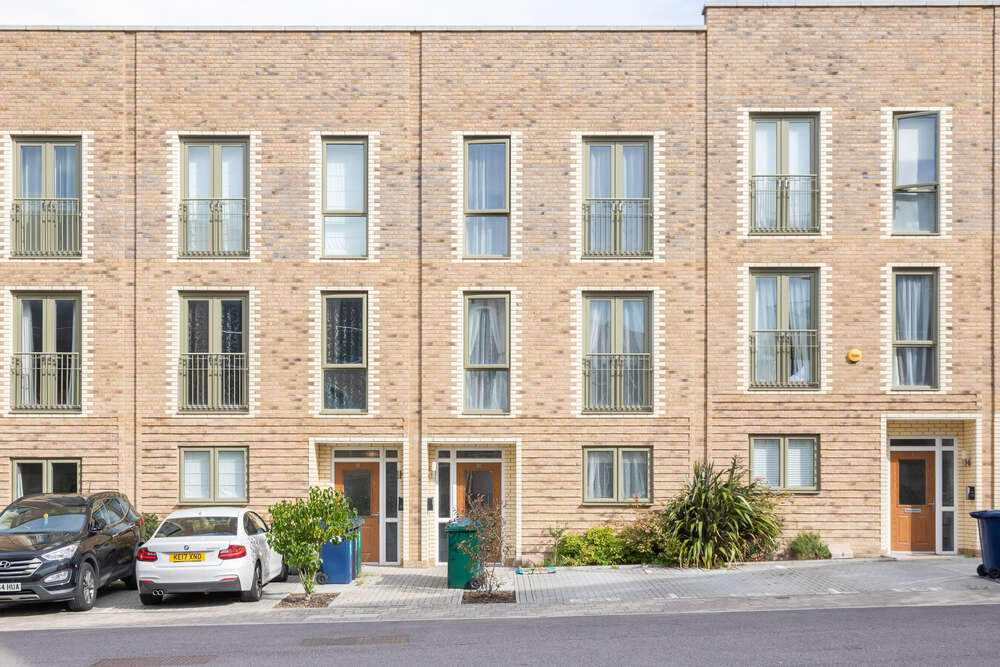
A recently released report by national consultants Lichfields, titled the ‘Planning for Rent Insight Report’, has shed light on the growth of London’s build-to-rent sector and the role of planning policies in promoting this expansion. The report reveals a growing demand for build-to-rent properties and an increasing appetite among investors, resulting in a surge of build-to-rent planning permissions across the capital. However, it also exposes a notable disparity in planning policies among London boroughs and calls for greater consistency in supporting the build-to-rent market.

The build-to-rent sector has experienced significant growth in recent years, driven by substantial investments and a rising demand for these rental properties. The ‘Planning for Rent Insight Report’ aims to explore how planning policies have adapted to this changing landscape. It looks at the planning landscape of London, examining both the overarching policies at the Greater London Authority (GLA) level and the specific policies of each of the 32 London boroughs, including the City and London’s Development Corporations.
One of the key findings in the report highlights an inconsistency in the treatment of build-to-rent in local planning policies across the capital. For example, 46% of London’s local planning authorities make no reference to build-to-rent in their emerging or adopted local plans. While the London Plan provides a strong policy foundation for build-to-rent developments, this support does not consistently translate to local boroughs. Almost half (45%) of custom build-to-rent sites are located within inner London, according to the report, with 41% of these developments secured through specific planning applications in just four boroughs: Brent, Newham, Ealing and Enfield.
Adam Donovan, planning director at Lichfields and co-author of the report alongside Ben Kelway, emphasised the necessity for boroughs to take a proactive stance and align their planning policies with the growing build-to-rent demand. Donovan stated in a release, “If local authorities developed a bespoke policy for [build-to-rent] developments, the sector would become a lot stronger and more stable, helping to meet the chronic housing need in the capital.”
Flexibility in build-to-rent
The report highlights the need for greater flexibility in design policies for build-to-rent schemes compared with traditional for-sale developments, as advocated by the London Plan. However, the study reveals that such differentiation is lacking in practice. Approximately 50% of London’s build-to-rent projects were initially granted planning permission as residential developments intended for sale but later managed by build-to-rent operators. This lack of distinction means that build-to-rent applications are frequently assessed against policies designed for private sale developments, creating additional complexity in the planning process.
Kelway, Lichfields’ senior director, underscored the need for more specific development management policies and greater flexibility to accommodate build-to-rent schemes effectively. He explained, “The opportunities presented by good quality [build-to-rent] developments in the right locations are significant in terms of housing delivery, affordable housing, and London’s communities.”
The ‘Planning for Rent Insight Report’ looks to underscore the importance of harmonising build-to-rent policies and practices across London to fully harness the potential of this sector. It remains to be seen if it can elevate build-to-rent initiatives on the housing agenda, not only in London but throughout the country, to contribute positively to housing delivery.
[Read more: The London council names that don’t make any sense]






